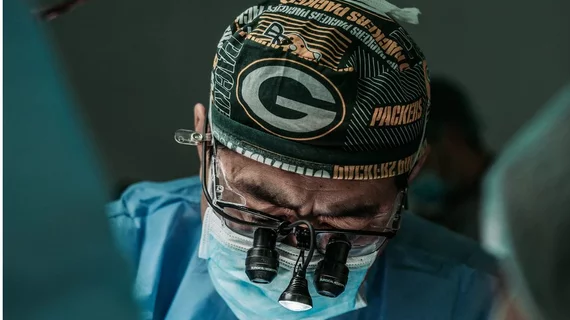Exploring diversity, compensation among academic cardiothoracic surgeons
Black cardiothoracic surgeons consistently earn much lower salaries than white cardiothoracic surgeons, according to new research presented at the 103rd Annual Meeting of the American Association for Thoracic Surgery (AATS) in Los Angeles. The team behind the study also highlighted the lack of diversity seen in the academic cardiothoracic surgery workforce.
Exploring data from Association of American Medical Colleges faculty at U.S. medical schools, researchers found that 65.6% of cardiothoracic surgeons are white, 25.2% are Asian, 4% are Hispanic, 3.3% are Black, 1.5% were multiple races/other race and 0.4% were American Indian/Alaskan Indian. At the academic rank of professor, meanwhile, the workforce appears to be even less diverse: 78% are white, 15% are Asian, 3% are Hispanic and 2% are Black.
In addition, the group found, Black cardiothoracic surgeons have a median salary that is 76-85% of the mean/median salary earned by white cardiothoracic surgeons.
“These data demonstrate that the relationship between race/ethnicity and compensation is complex,” lead author Cherie P. Erkmen, MD, a professor with Temple University, said in a prepared statement. “Future studies are needed to understand mechanisms of salary disparity. Our profession and our patients will benefit from a diverse workforce. Hopefully our work will someday lead to the development of best practices for equitable compensation that will support all cardiothoracic surgeons.”
Click here for the team’s full abstract. Click here for additional details about the four-day AATS conference.

